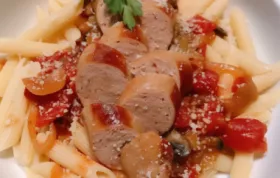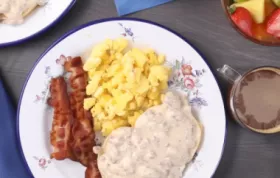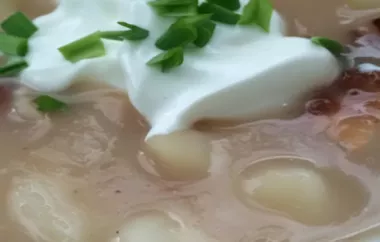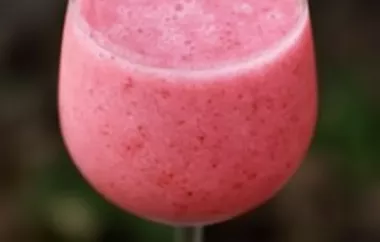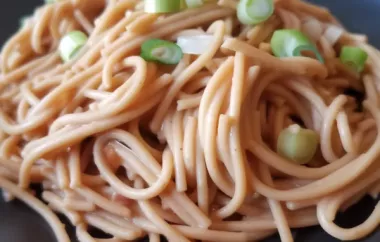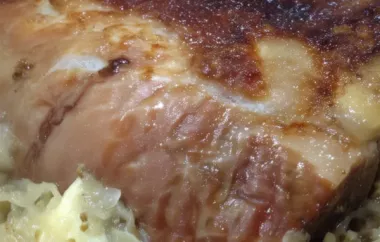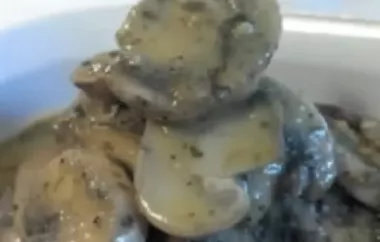Authentic Seafood Paella Recipe
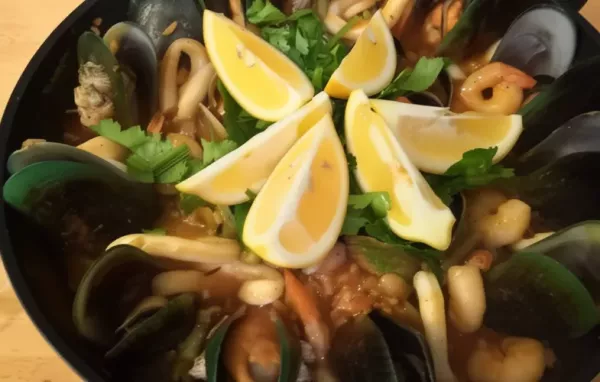
Published on May 28, 2024
Experience the taste of Spain with this authentic seafood paella recipe. Loaded with a variety of fresh seafood, aromatic Spanish flavors, and saffron-infused rice, this dish is sure to impress your guests and transport them to the Mediterranean. Don't be intimidated by the long list of ingredients, this paella is surprisingly easy to make and worth every bite.
Ingredients
- 1 cup Arborio rice
- 1 lb mixed seafood (shrimp, mussels, clams)
- 1 onion, diced
- 2 cloves garlic, minced
- 1 red bell pepper, sliced
- 1 tomato, diced
- 1/4 cup frozen peas
- 1/2 tsp smoked paprika
- 1/4 tsp saffron threads
- 2 cups chicken broth
- 1/4 cup white wine
- Salt and pepper to taste
- 2 tbsp olive oil
Directions
- In a large paella pan or skillet, heat olive oil over medium heat.
- Add diced onion, minced garlic, and sliced red bell pepper. Cook until fragrant.
- Stir in diced tomato, smoked paprika, and saffron threads. Cook for another minute.
- Add Arborio rice to the pan and stir to coat in the oil and spices.
- Pour in chicken broth and white wine. Season with salt and pepper.
- Bring the mixture to a simmer and let cook for about 15 minutes, stirring occasionally.
- Add mixed seafood and frozen peas to the pan, distributing evenly. Cover and cook for another 10 minutes or until seafood is cooked through.
- Remove from heat and let the paella rest for a few minutes before serving.
- Garnish with lemon wedges and chopped parsley before serving.
- Enjoy your authentic seafood paella!
Interesting Facts
You’ll Also Love


